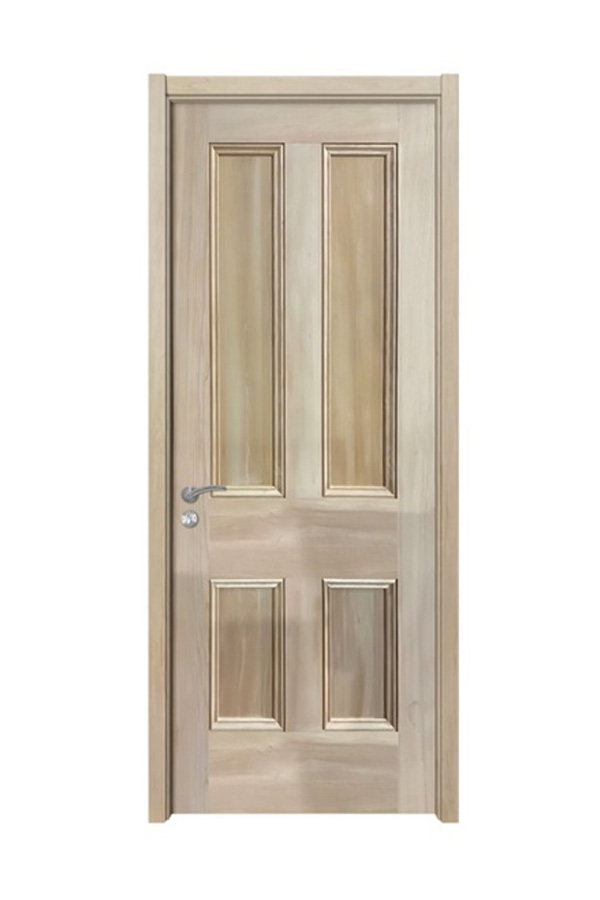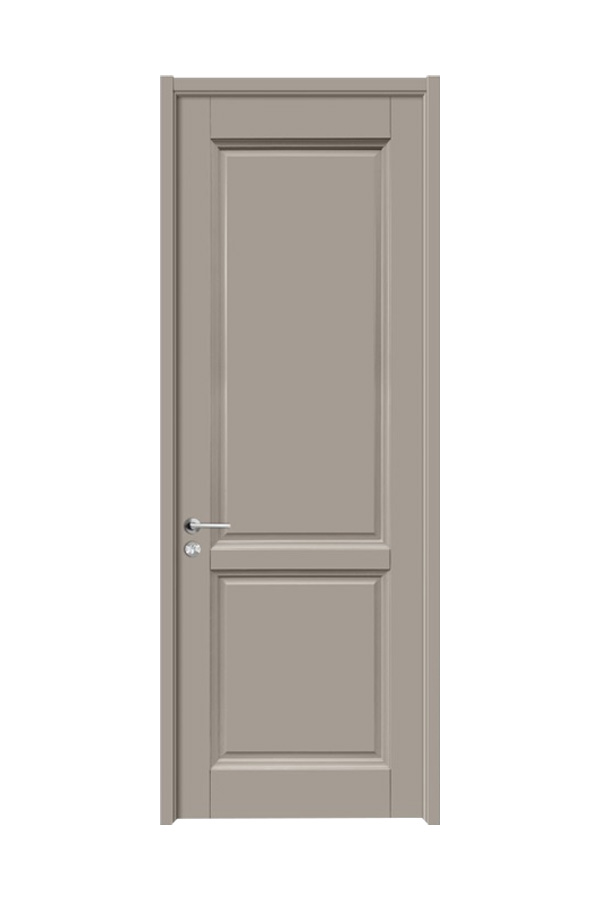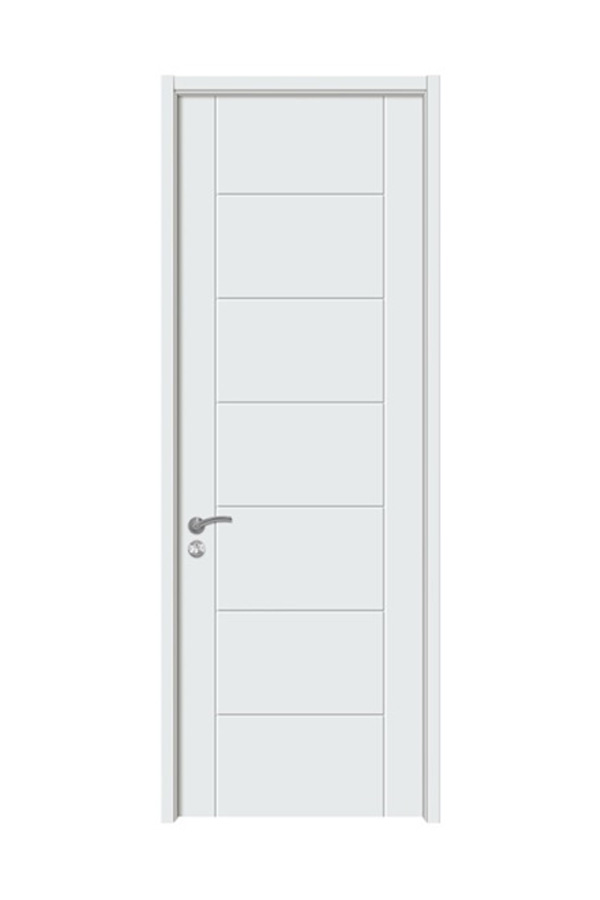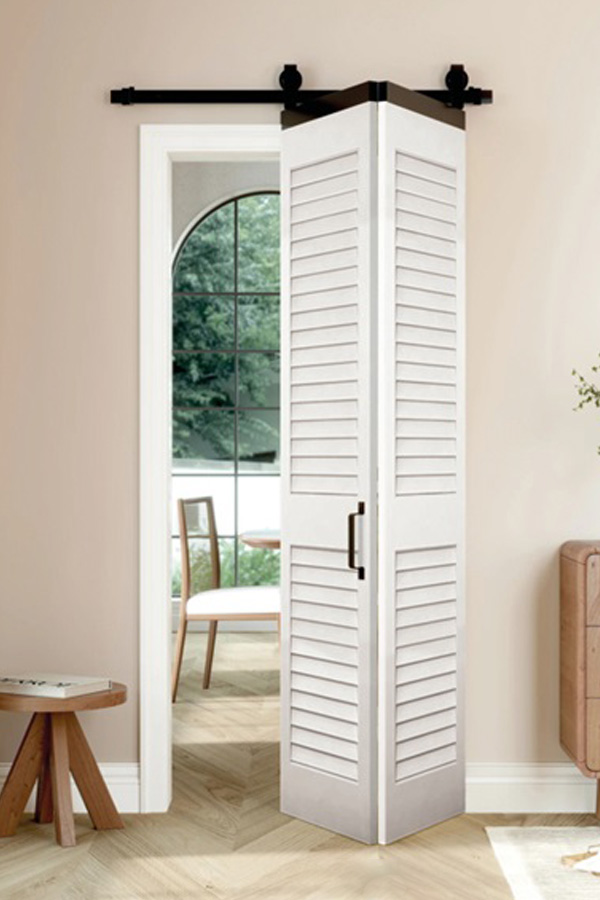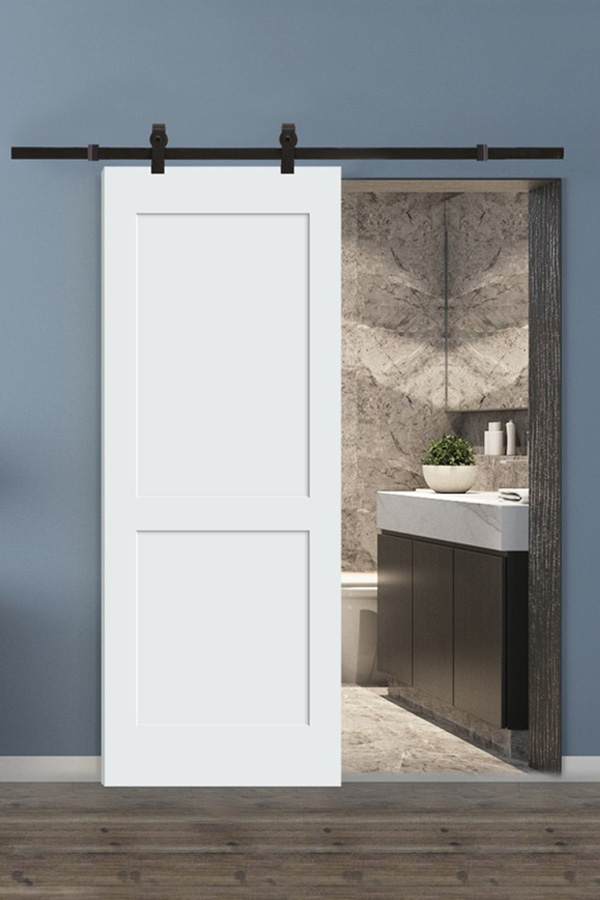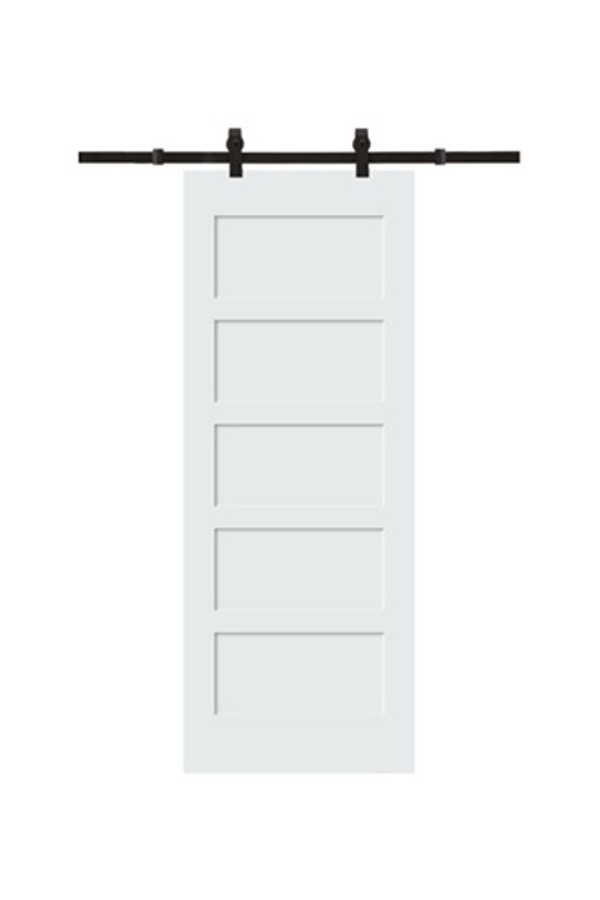In lots of modern homes, simple closet wardrobes are evolving into built-in systems that blend seamlessly with interior architecture. Also, melamine wardrobes increasingly serve as the material of choice for urban homeowners who want clean aesthetics with strong storage capacity. These designs make efficient use of every available corner in high‑density living environments.
Built-in wardrobes crafted from melamine panels offer sleek integration, matching wall finishes or hallways, and often extend to ceilings for optimizing vertical storage. This approach injects practicality into compact spaces without compromising style.
Why Built-In Simple Closet Wardrobes Excel in Urban Settings
Space Optimization in Tight Layouts
Urban apartments and townhouses often lack walk-in closets. Instead, turning unused wall space into built-in hanging, shelving, and drawer zones transforms corridors or bedroom walls into fully functional storage—ideal for small closets or rooms without reach-ins.
Seamless Aesthetic Flow
Because built-in units are aligned flush with wall edges, backs, or even window alcoves, the finished installation appears custom‑built rather than added-on. Natural finishes or matching melamine colors preserve continuity throughout the home.
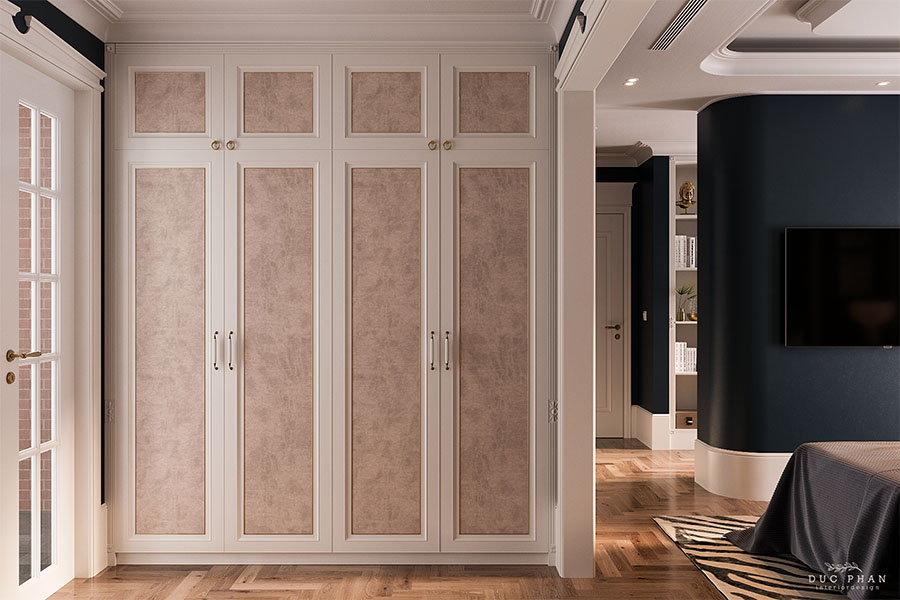
Melamine Wardrobes Fit ideally with Built-In Layouts
Durable Performance in Enclosed Spaces
Melamine-faced boards resist moisture, heat, and daily wear, making them ideal for built-in closets where doors, drawers, and surfaces see regular contact. Even in high-humidity areas, melamine panels hold up without warping like traditional woods might.
Flexible Design Choices
Melamine comes in a variety of finishes—woodgrain textures, solid tones, matte or glossy surfaces—that overlay on a plywood or MDF core. Such variation allows homeowners to coordinate built-in Simple Closet Wardrobes with cabinetry across kitchens or bathrooms.
Emerging Design Trends in Built-In Wardrobe Systems
Open Shelving and Display Sections
Closet trends in 2024 emphasize combining closed storage with open shelving for display and accessible use. This hybrid approach suits built-in systems and highlights selected items while maintaining hidden organization behind closed doors.
Integrated Lighting
Incorporating strip lighting or under-shelf LEDs within wardrobe compartments boosts visibility and creates ambiance. Designers suggest layering light sources for backlit hanging rods, dressing zones, or interior shelves—all increasingly present in contemporary built-in systems.
Personalized Zones
Modern built-in units often offer differentiated zones: adjustable hanging rods, pull‑out drawer inserts, shoe slots, and accessory dividers. These modular features let users tailor layouts to seasonal needs or lifestyle changes.
How to Plan Your Built-In Closet Project
1. Measure and Inventory
Assess your available wall space and list what items need storage: long coats, folded clothing, shoes, and accessories. This groundwork ensures ideal placement of hanging zones, drawers, and open shelves.
2. Choose Your Finishes
Select a melamine color or texture that aligns with adjacent cabinetry or décor. Popular shades remain neutral—soft greys, warm whites, or rich woodgrain—ensuring visual cohesion.
3. Plan Lighting Integration
Decide in advance whether you’ll wire LED strips or add motion-activated lighting. Planning early ensures a clean installation behind panels or above hanging areas.
4. Segment and Customize
Decide which modules you need: tall hanging, short hanging, drawers with dividers, and shoe shelves. Modular layouts offer flexibility if storage needs evolve.
Installation and Quality Tips
Ensure melamine panels are high-grade with reinforced core bonding for stability.
Choose hardware like soft‑close drawer slides and adjustable brackets to support long-term alignment.
Pay attention to edge banding around melamine to prevent peeling, splitting, or moisture infiltration.
As interior design leans toward streamlined, high-functioning spaces, these systems provide customizable flexibility and timeless utility—ideal for modern compact living.



 English
English русский
русский Français
Français Español
Español Deutsch
Deutsch

